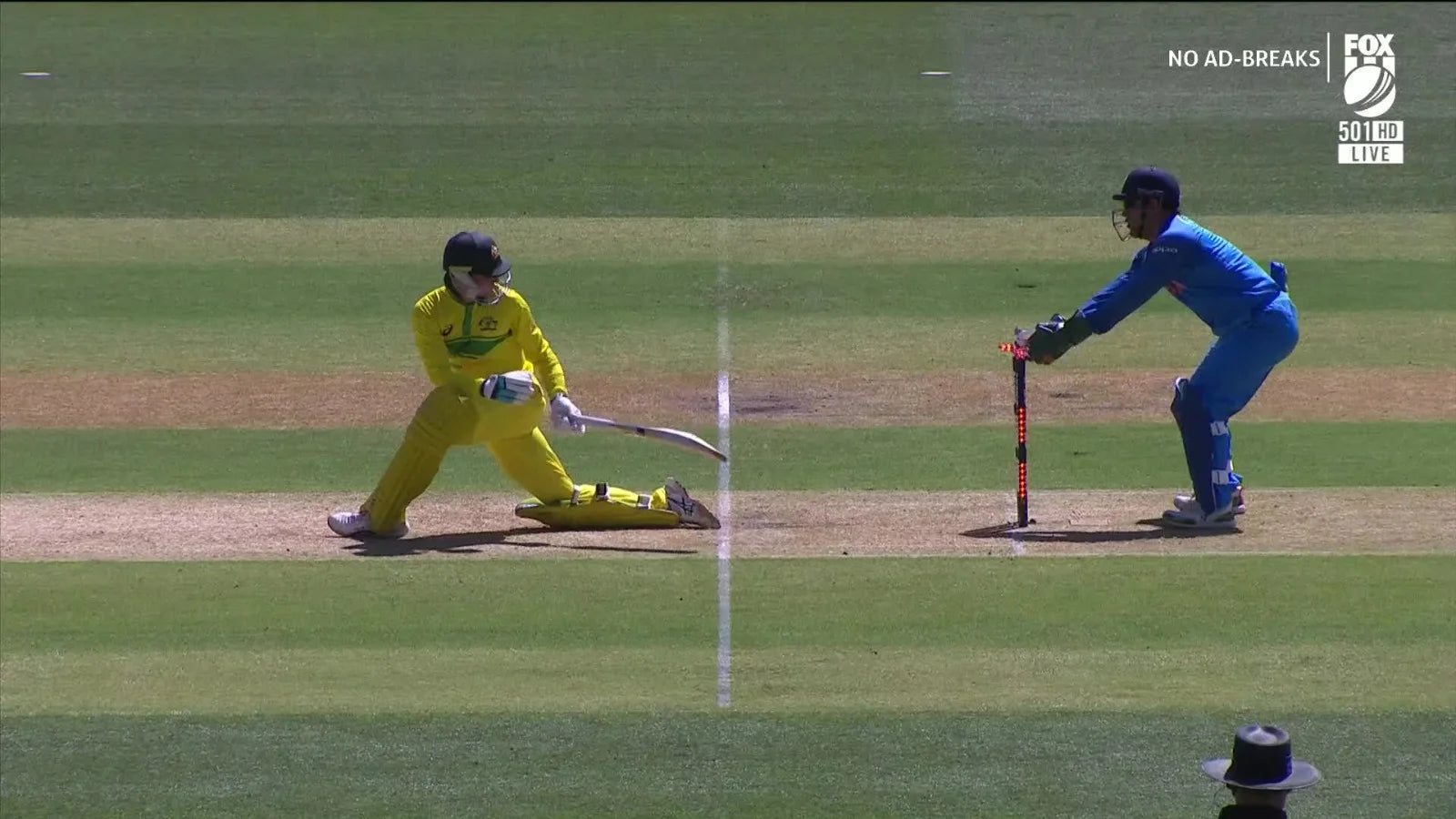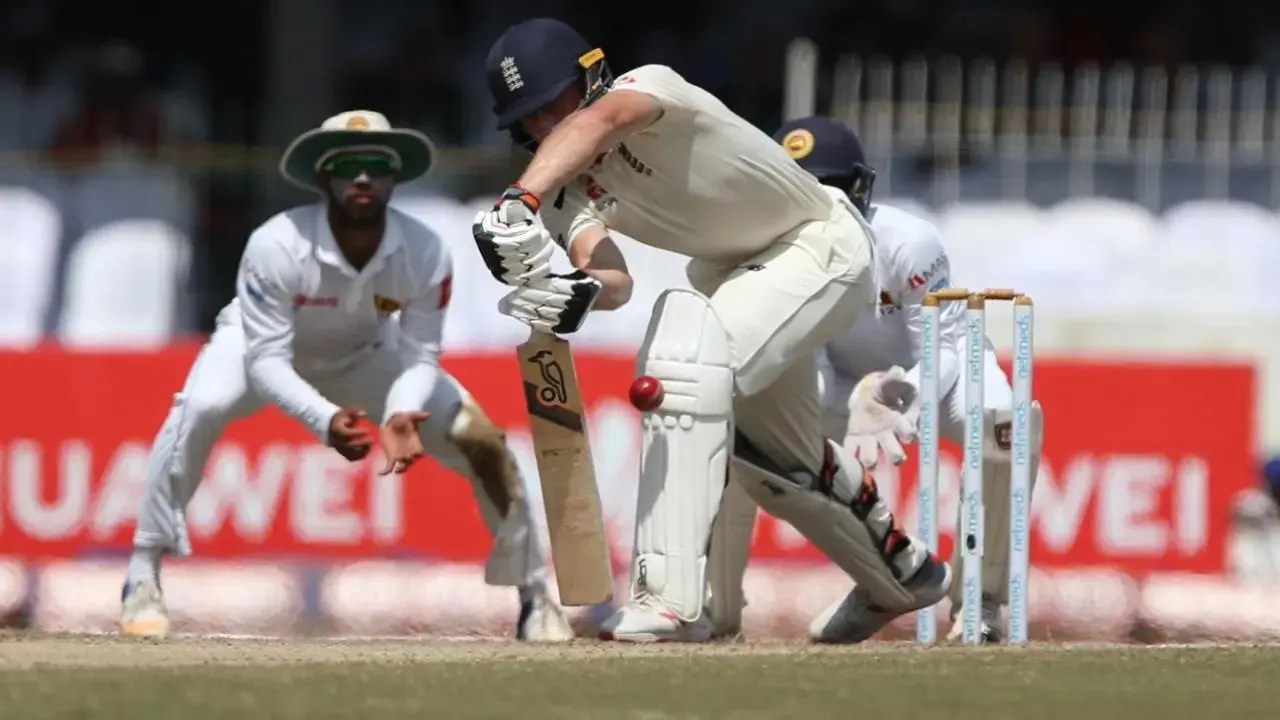Understanding the various ways a batter can be dismissed in cricket is crucial for players, fans, and bettors alike. In cricket, there are 11 recognized methods by which a batter can be dismissed. Below is a comprehensive table summarizing these dismissal types:
| Dismissal Type | Description | Commonality |
|---|---|---|
| Bowled | The ball is delivered by the bowler and hits the stumps, dislodging the bails. | Very Common |
| Caught | The batter hits the ball, and a fielder catches it on the full (before it touches the ground). | Very Common |
| Leg Before Wicket (LBW) | The batter is out if, in the umpire’s judgment, the ball would have hit the stumps but for any part of the batter’s body (excluding the hand) intercepting it. | Common |
| Run Out | A fielder breaks the stumps with the ball while the batter is outside their crease attempting a run. | Common |
| Stumped | The wicketkeeper puts down the wicket while the batter is out of their crease and not attempting a run, usually after the batter misses the ball. | Less Common |
| Hit Wicket | The batter dislodges the bails with their body or equipment during the act of playing a shot or setting off for a run. | Rare |
| Handled the Ball | The batter deliberately touches the ball with a hand not holding the bat without the consent of a fielder. | Very Rare |
| Obstructing the Field | The batter deliberately obstructs the opposition by word or action. | Very Rare |
| Hit the Ball Twice | The batter hits the ball twice, other than for the purpose of protecting their wicket. | Extremely Rare |
| Timed Out | The incoming batter fails to be ready to face the next delivery within three minutes of the previous batter’s dismissal. | Extremely Rare |
| Retired Out | A batter retires from their innings without the umpire’s permission and does not resume their innings. | Extremely Rare |
For more detailed information on each dismissal type, you can refer to the Dismissal (cricket) Wikipedia page.




